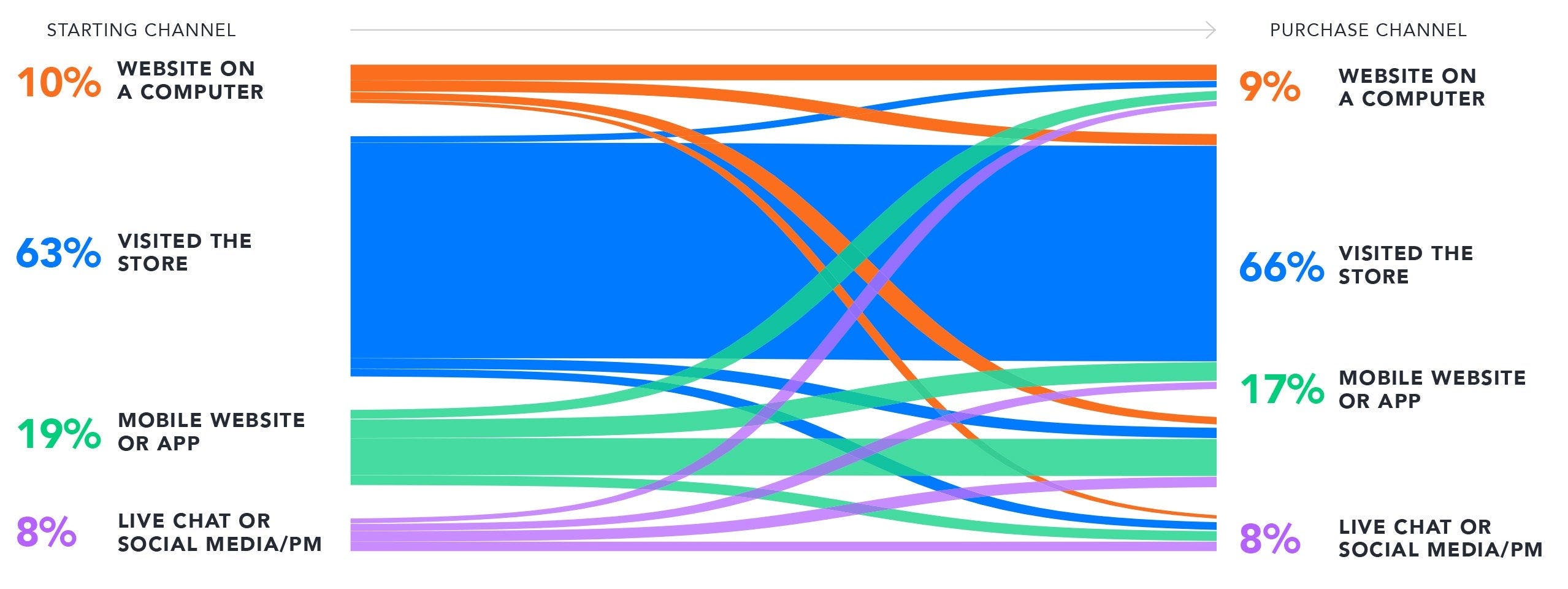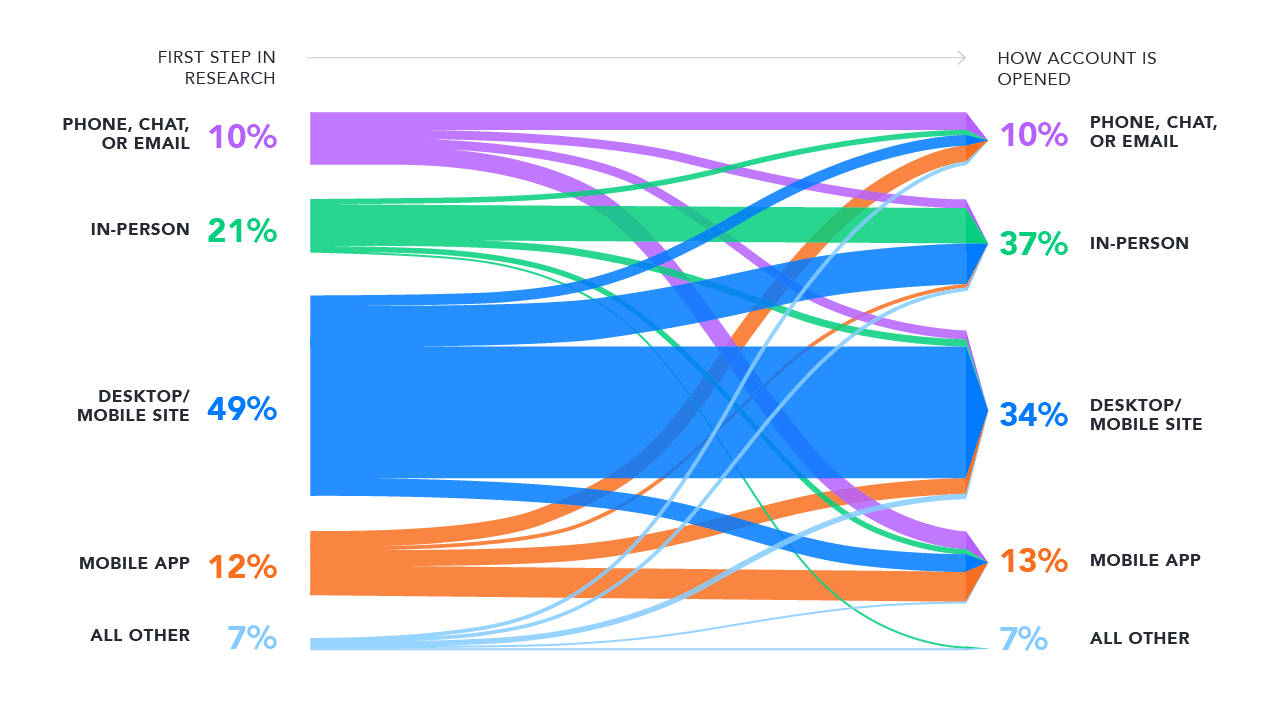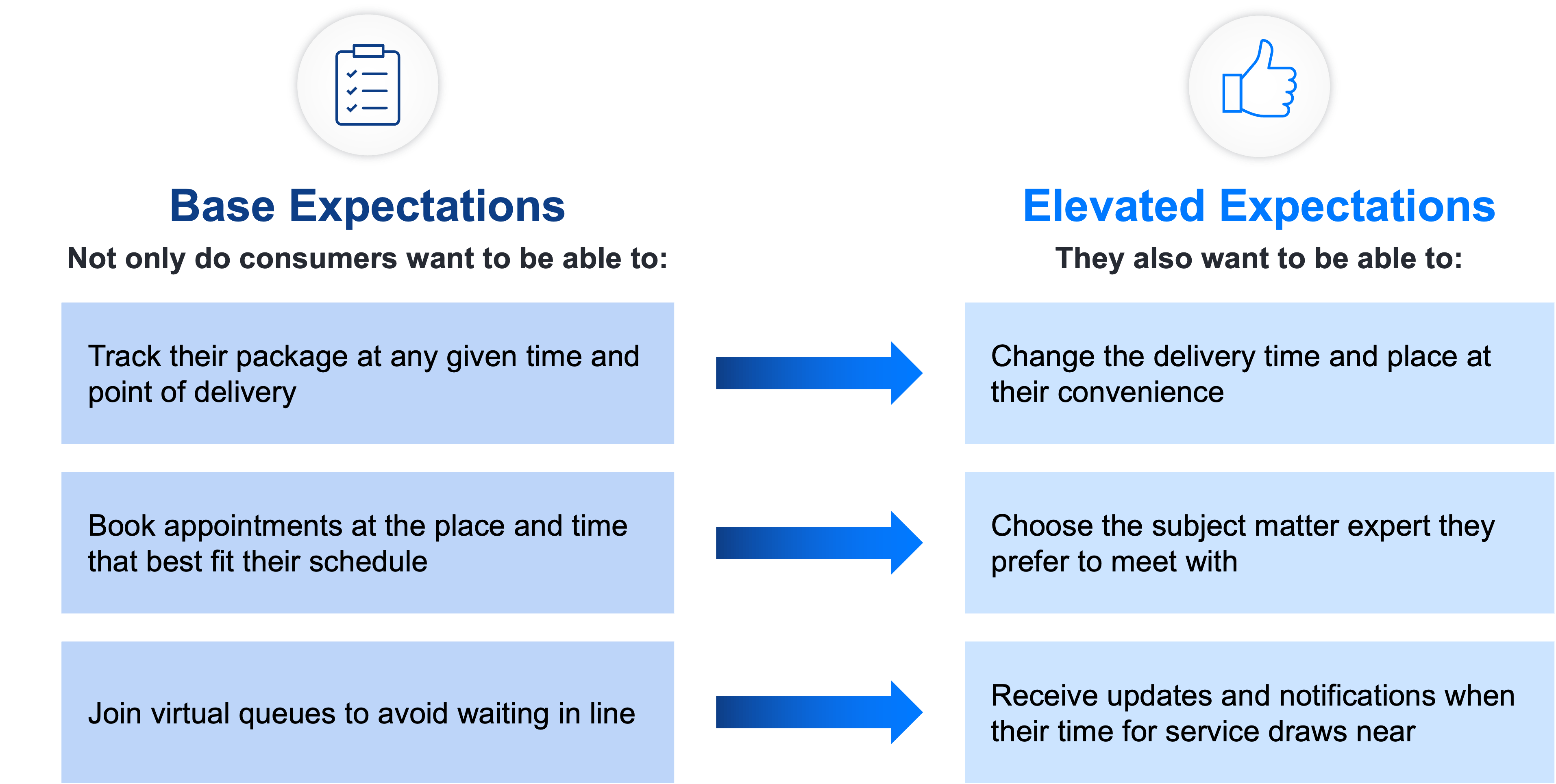

In our always-online world, every interaction is expected to be immediate. Customer experience (CX) is increasingly labelled as having to be “seamless” and “omnichannel”, with more and more companies that pride themselves in offering just that.
But do they really, truly offer a seamless, omnichannel experience? My recent incident tells me otherwise.
A few weeks ago, I had to schedule a medical appointment at a private clinic that boasts multiple locations and 24/7 service. Although the booking process involved multiple channels, including an online app, text messages, and phone calls, it was far from a seamless experience.
After initiating the booking in the online system, I became a passive participant in the process, having to wait for a callback. Three days later (and three text messages assuring me that my case was not forgotten), they called me back but because I couldn’t pick it up, another text message informed me to call them back.
I started to feel like I was playing a game of tag; and no one was winning.

I called them back just to listen to a machine’s monologue and press buttons as answers to its questions until I made the wrong choice–that is, pressed the button that directed me to book appointments. The machine kindly advised me to use the online app instead (mind you, my very first step), and then hung up.
I called again, determined to press the correct buttons until I ended up with a live agent, who informed me that the location I picked didn’t share their schedules online. Instead, the agent had to call them directly with my availability.
Now I was in the telephone game (quite literally), hoping that my message would get conveyed to the final receiver in full.

Three days later, I finally got my appointment. In total, it took a full week and several manual interactions both from my and the service agent’s side. Not a very frictionless journey.
What Is Omnichannel CX?
This experience made me wonder about the meaning of omnichannel. What does it mean to be truly omnichannel?
Can retailers, banks, contact centers, and other service providers really achieve it? Or is it simply an ideal they’re all striving for but cannot reach?
The prefix “omni” refers to “all,” but let me refrain from trying to list all existing communications channels—especially because their number is growing like there’s no tomorrow. That’s not where we should look for the true meaning of omnichannel.
Instead, let’s focus on how those channels work together.
- According to TechTarget, “an omnichannel approach makes multiple communications and purchase options available to customers.”
- Similarly, Cambridge Dictionary defines omnichannel as “a way of selling products that is the same and equally good for the customer, whether they are buying from a computer, a mobile phone app, etc., or in a physical shop.”
These definitions give us a good foundation, but they both leave out the most important detail: the unified nature of omnichannel. In a truly omnichannel experience, the channels offered don’t simply exist side by side but are connected, creating something more than the sum of their parts.
Connected channels allow customers to easily move from one to another, without having to repeat themselves or start over. That’s what makes the CX omnichannel and seamless.
Getting CX Right Is Not Child’s Play
As Verint’s latest Experience Index: Retail and Experience Index: Banking highlight, today’s customer journeys aren’t linear. Consumers interact with companies across multiple channels, often simultaneously, urging brands to offer connected omnichannel journeys. See how retail and banking customers go from the website to in-store and to phone and vice versa, multiple times during the same journey.
Retail Industry

Source: Verint Experience Index: Retail 2023
Banking Industry

Source: Verint Experience Index: Banking 2022
When making a purchase or using a service, consumers demand convenience, responsiveness, and easy journeys across channels. Take my example with the medical appointment: having to run in endless circles with bots and live agents on different platforms is anything but easy and convenient.
Although convenience and ease of use is expected, it’s just the baseline today. To be loyal customers, consumers want personalized and compelling experiences that keep them engaged and in control during the entire journey.

Above all, customers want to be able to move across channels, with easy transfer between platforms. For them, seamless omnichannel CX means being able to complete a purchase, do their banking, and seek contact center support or even medical help whenever and wherever it’s convenient for them.
Consumers have put the expectations bar quite high, and the worst thing companies can do is take it lightly. Getting CX right is not child’s play, after all.
As revealed in The 2023 State of Digital Customer Experience Report, 69 percent of consumers had switched brands after just one bad experience. And why wouldn’t they when other brands are just a click away?
In this economic climate and increasingly crowded market, no company can afford to lose over two-thirds of its customer base to the competition. But what can they do to prevent it?
Elevating Customer Engagement with CX Automation
Businesses that can effectively prioritize customer satisfaction have the best chance of staying in customers’ good graces. But how can they manage the growing customer demand? Even the biggest brands cannot afford to perpetually expand their workforce.
Instead, they do more with less. They elevate the customer experience while simultaneously lowering costs with CX Automation. One means of that is Verint Channel Automation that connects customer interactions across telephony and digital channels into a single agent workspace. This can power consistent conversations, leverage automation, and deploy staff flexibly with fewer resources and less effort.
At Verint, our team of AI-powered bots, available on Verint Open Platform can augment your human workforce by injecting AI directly into the workflows. This new workforce of humans and bots allows organizations to create additional capacity and significant cost savings. For example, Verint Agent Transfer Bot automatically creates a summary of a self-service or chatbot interaction and presents that to the live agent, so they quickly understand the reason for the call and the customer doesn’t need to repeat themselves.
CX Automation and the Verint Platform can also help uncover valuable insights into not only customer interactions, but also customer feedback, sentiment, and workforce performance.
By better understanding their customers, organizations can balance increasing volumes and rising customer expectations and the need to control costs, ultimately making more informed decisions and driving ROI.
Learn more about how Verint can help you drive ROI with CX Automation here.